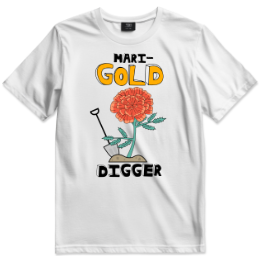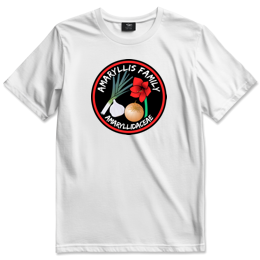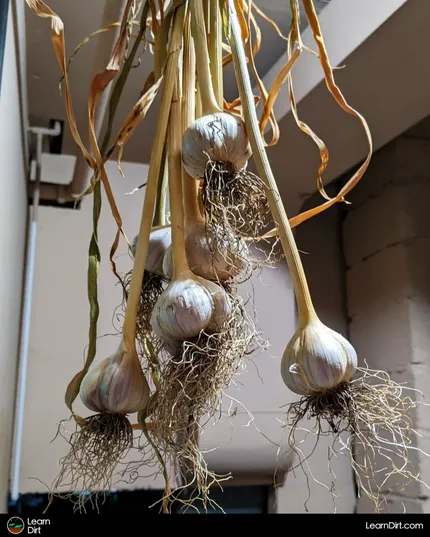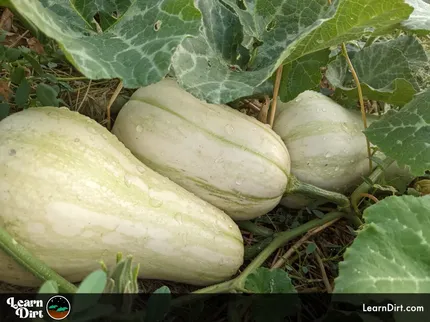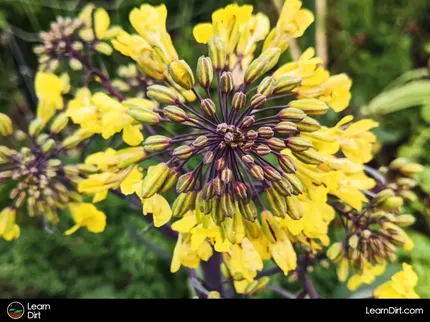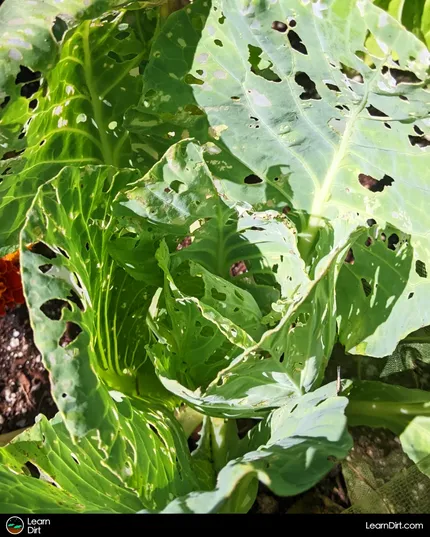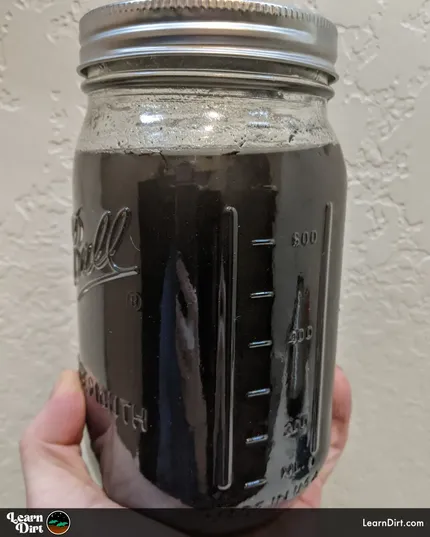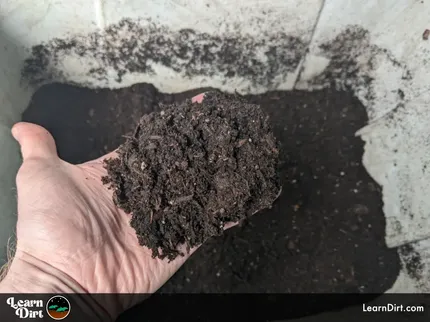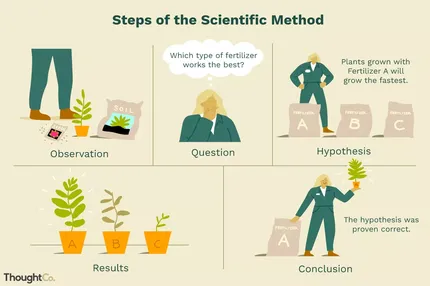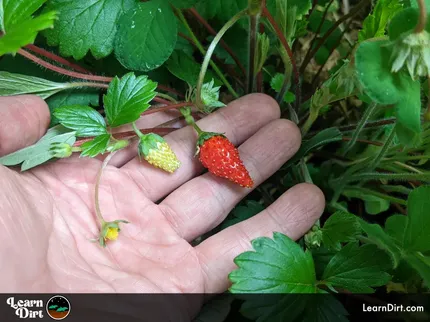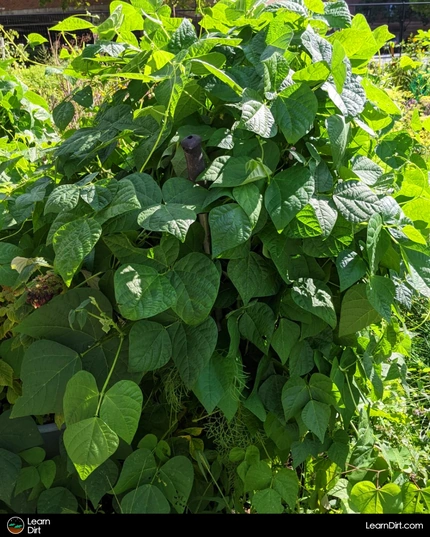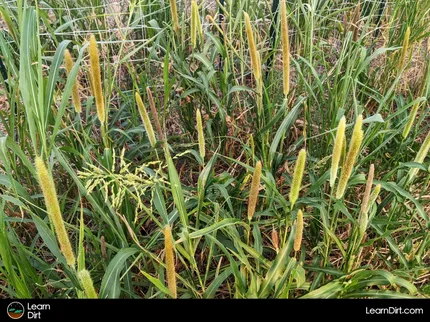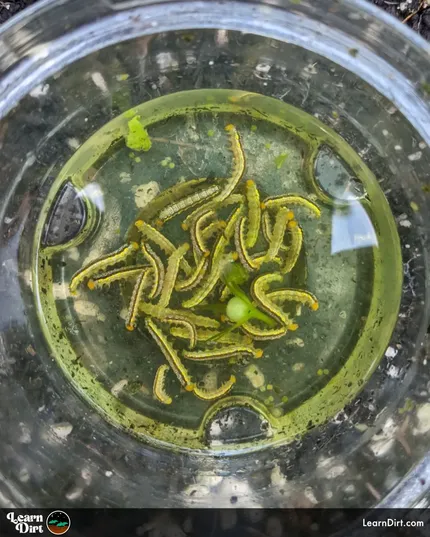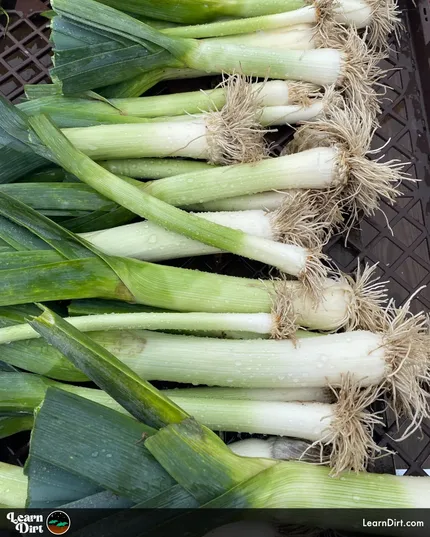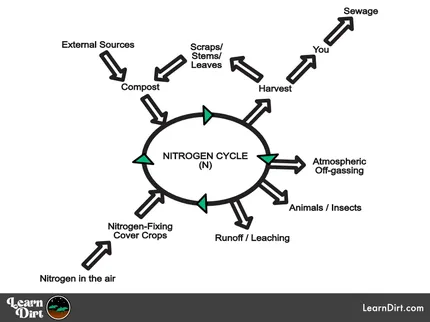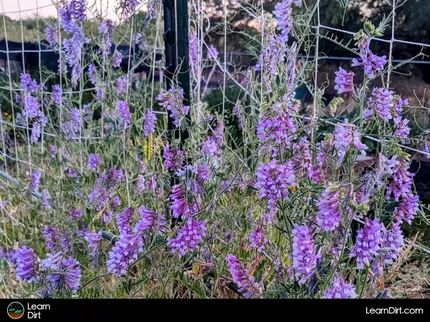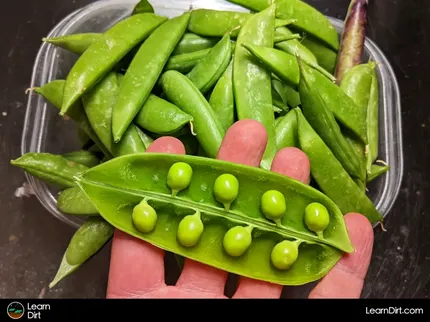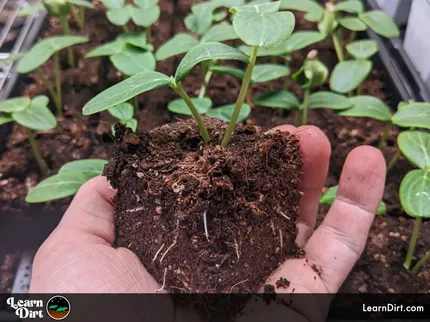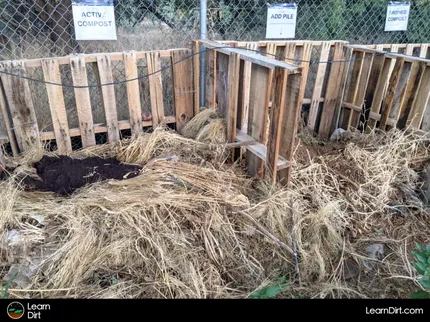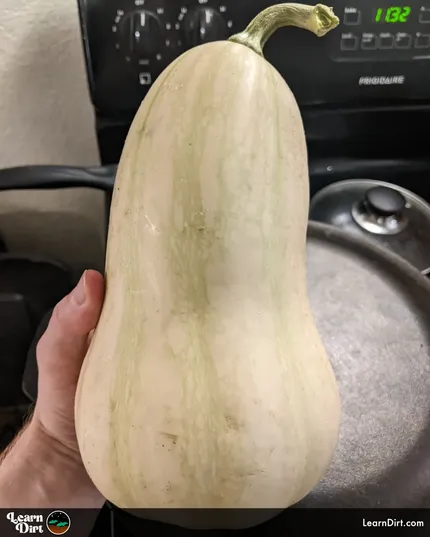Table of Contents
- Do My Plants Have Frost Damage?
- Why Does Frost Damage Plants?
- What Plants Are Susceptible to Frost?
- How to Protect Plants From Frost
* Our articles never contain AI-generated slop *
Curious about the signs and symptoms of frost damage on plants?
Maybe you'd like to know how you can protect your plants from the frost in the first place.
We'll cover all this and more - so let's jump into it!
Disclaimer: This post may contain affiliate links. Refer to the privacy policy for more information.
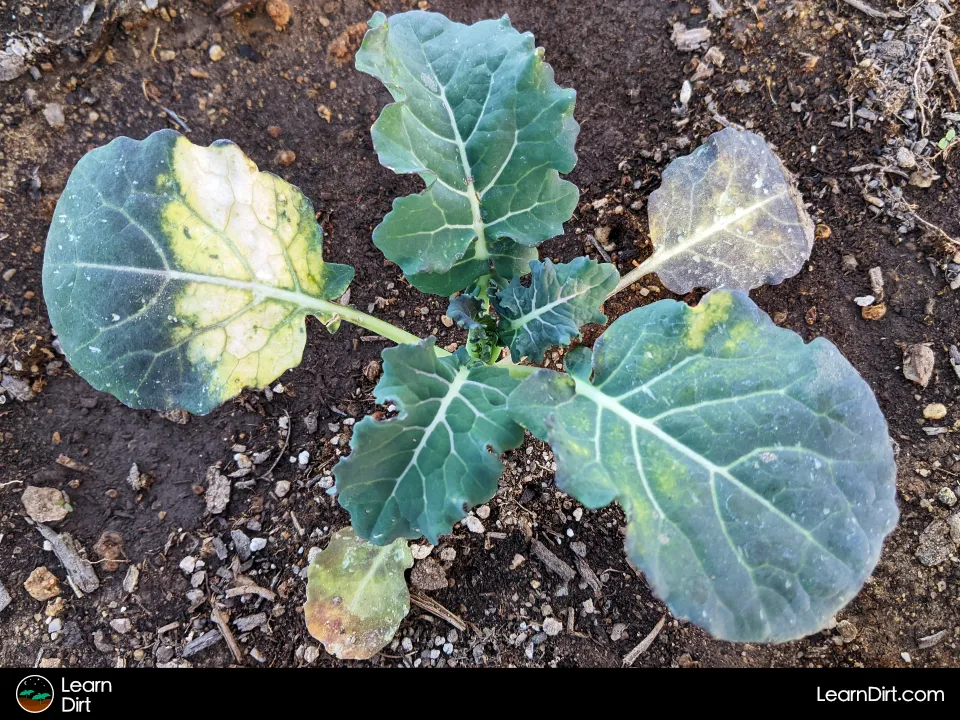
Do My Plants Have Frost Damage?
Unlike many plant afflictions, deficiencies, and toxicities, frost damage is relatively easy to identify.
For cool season crops, tell-tale white spots appear on the outer leaves. After a few days, these white spots can become crunchy to the touch - that brittleness signals to you that frost damage has occurred. The photo above shows what this looks like
When warm-season crops are hit with frost, they often droop so much they look completely melted - unable to stand back up because of damage to the cells in their stalks.
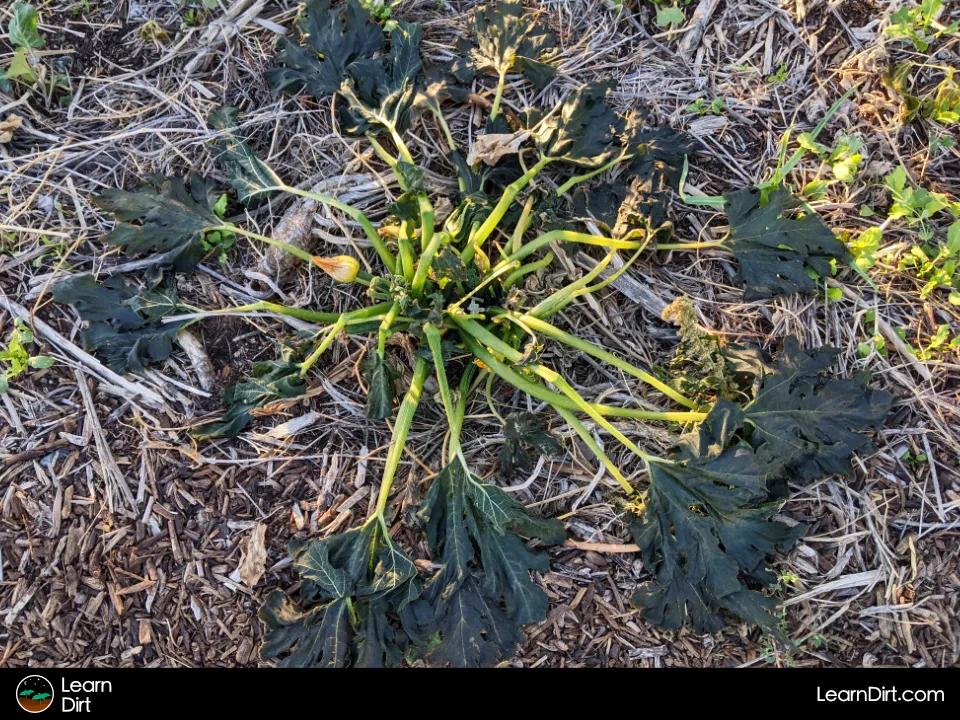
Why Does Frost Damage Plants?
Like most living organisms, plants are comprised mainly of water.
At temperatures 32F (0C) and below, that water freezes - and when it freezes it also expands.
This is bad news for plant cells, because if the water contained within them expands, their walls can easily rupture.
Join The Grower's Community
Your space to connect, learn, and belong 🌱
Check It Out!
What Plants Are Susceptible to Frost?
You can refer to your local planting guides to find out what crops to plant when - this will give you some idea which ones can make it through the cold and which absolutely cannot.
If you happen to be in Tucson, or in Phoenix or Vegas, check out our Tucson Planting Guide for some full lists.
Warm Season Crops
Anything defined as a "warm season crop" cannot handle serious frost. These plants do not produce the sugars required to prevent their cells from freezing and rupturing in cold weather.
Think tomatoes, peppers, eggplant, beans, and squash (among many others).
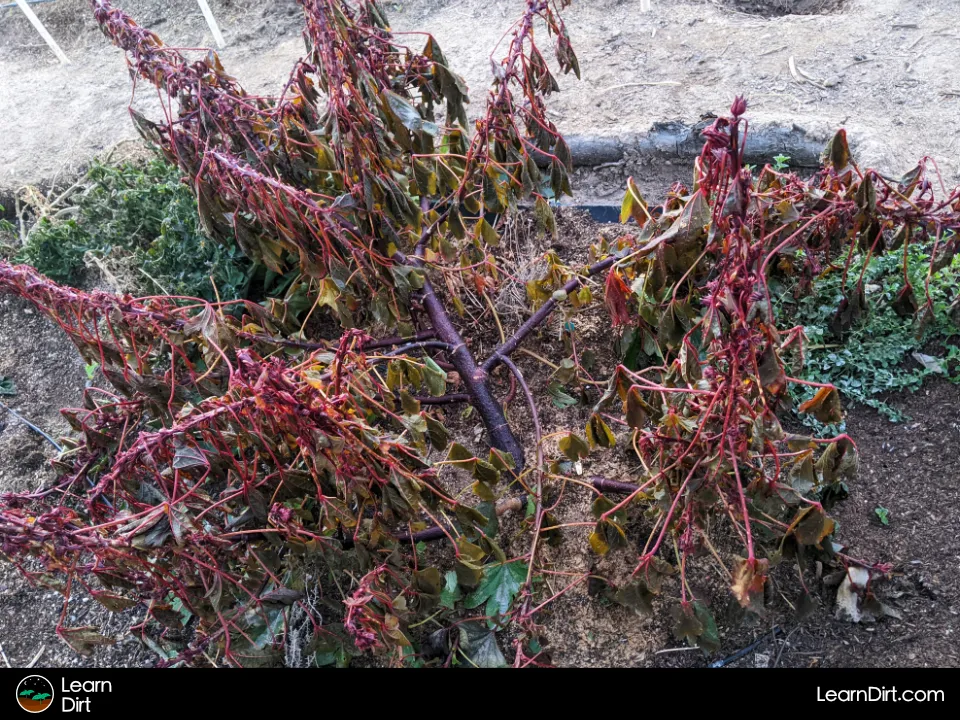
Cool Season Crops
"Cool season crops" are those which can handle some frost or even hard freezes. These crops generally produce sugars in their cells which lower the freezing point of water.
Think brassicas, root veggies, salad greens, peas, and chard (there are many more).
How to Protect Plants From Frost
Frost Cloth
Frost cloth is inexpensive, allows some sunlight and moisture to get through, and will add a few degrees of protection to plants in a pinch.
It can easily be removed on warm days, and covered again before cold nights.
Grab some frost cloth here.
Hoops and Heavy Plastic
Many gardeners use create small hoop-houses or mini caterpillar tunnels in situ to protect plants.
These can be as simple as a couple pieces of rebar pounded into the ground, a length of PVC pipe bent into an arch with ends sheathing the rebar.
A heavy-mil plastic like a clear painter's drop cloth can then be attached to the hoop using clips or hand-clamps.
Upside-Down Plastic Containers
In a pinch, any clear plastic tub or tote can be turned upside-down, lid removed, and plunked over a plant to create a mini-greenhouse.
You can even use totes which are not transparent in a pinch, to get plants through a cold night here or there, so long as you remove them after so the plant can get some sun.
Heavy Mulch
While you may want to protect plant leaves and stalks from frost, it's even more critial to protect their roots.
A plant with frost-damaged leaves can likely bounce back, but a plant with frost-damaged roots is almost certainly a goner.
Mulch heavy with any organic materials you've got before winter and especially before cold snaps. The more the better here, don't be shy on mulch when frosts creep in!
Mulch will provide that insulative blanket that's so important for protecting roots from the cold.
Walls of Water
Walls of water are a great way to protect plants by utilizing the insulative thermal properties of plain ol' water to regulate temps and mitigate the worst of the cold.
These really only work when plants are small, however, which makes them a good option for protecting spring transplants from late frosts.
Dig Cool Merch?
Check out our guide to utilizing walls of water here.
Greenhouses
The downside of a full-blown greenhouse is the cost, though there are some relatively inexpensive diminuitive options on the market.
The upside is an entire room devoted to growing which can be protected from the elements outside.
In very cold weather, space heaters or propane heaters can be used in greenhouses to warm up the space enough for plants to make it through the freeze.
Warm Water
While many plants can survive some frost damage to their leaves, a harder freeze that damages roots will render some plants unable to recover.
While thinking of ways to protect leaves and stems, also consider how you'll keep the roots warm through cold snaps.
Watering with warm water can be a viable solution, as long as temps won't stay too cold for too long. If you've got days of frost on the forecast, warm water will eventually freeze and likely make things worse.
In climates with hot days and cold nights such as winter in the low desert, watering roots thoroughly during the warmth of the day can allow the water time to warm in the soil and buffer plant roots from the cold at night.
Because warm temps always come back the next day in the low desert, the water won't have enough time to freeze before it starts to heat back up again.
I often water my plants deeply in the morning when I see a cold night ahead. This gives the water in the soil all day to warm up and will retain some of that warmth through the cold night.
Again, this one really only works if the frost will be gone and warms temps will be back within 12 hours or so - not for prolonged freezes.
That's all for now, thanks for reading!
If you have any questions, comments, or would like to connect with fellow gardeners, head on over to the forum and post there.


